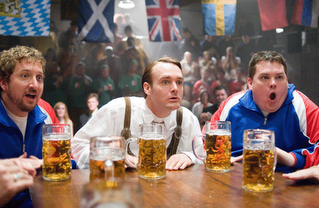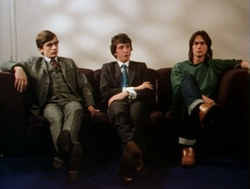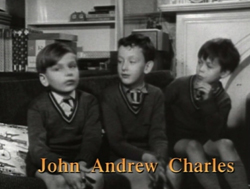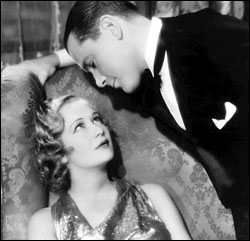
Borat takes some explaining. He is part performance artist and part practical joker, with some satire thrown in. It helps to start with Sasha Baron Cohen, the genius behind it all. Cohen is a British comedian who made his name on British TV by creating goofy characters and taking them out into real-world situations, where he made the brilliant discovery that people’s reactions to his characters were even funnier than the characters themselves. After a couple of successful years on BBC TV, however, Cohen’s game was played out in the U.K. Everyone there recognized him, so the joke was over. Fortunately, most people in the U.S. were still oblivious, which paved the way for HBO’s “Da Ali G Show.” This show featured Cohen doing interviews as one of three characters: a white, wannabe rapper named Ali G; a flaming Austrian fashion reporter named Bruno; or smelly, anti-Semitic Kazakh reporter Borat. The common thread was that the interviewees had no idea that the interview was a put-on. Cohen mined a deep vein of comedy in the reactions of American politicians, religious leaders, and celebrities to his outlandish questions.
Cohen first crossed over to the big screen with “Ali G Indahouse,” a mildly amusing scripted comedy that lacked the sparkle of his ambush interviews. I was relieved to learn that for the Borat movie he was returning to his roots, filming Borat mostly with non-actors who thought he was a real Kazakh reporter.
The Borat movie is loosely arranged around the premise that Borat is in the U.S. filming a documentary to be shown in Kazakhstan. While here he happens to catch a Baywatch rerun and falls completely in love with Pamela Anderson. This sets him off on a low-budget trip across the continent to find and marry her. Along the way he interacts with a number of regular people, who respond in various ways to his outrageous comments. In New York, most folks tell him to “F--- off.” People in the south are much more tolerant of his bizarre behavior, going to great lengths to be polite to him. I suspect this is why much of the film is set in the south. It also allows some of the southerners in the film to be unjustly stereotyped as racist.
Much has been made in the media about how Borat exposes people’s hidden racism, sexism, or homophobia, and to some extent he does. I think the point has become a bit overblown, however, and I disagree that his movie has single-handedly exposed some vast, dark underbelly of American society. There are certainly dark moments. When Borat tells a rodeo organizer that gays are hung from the gallows in Kazakhstan, the fellow replies, “That’s what we’re trying to get done here.” In another scene he hitches a ride with some criminally obnoxious frat boys whose misogyny and racism is truly disgusting. These guys are offensive, but if they are shocking, it is only to people from big, liberal cities. The rest of us have always known that these attitudes were out there. As for some of the other “shocking” scenes bandied about by the media, most of them just involve people trying to be polite to what they believe is a foreigner with limited English. When Borat asks a gun shop salesman “what kind of gun would be good to kill a Jew?” the clerk recommends a Glock. (A good choice for killing anybody who needs killing, in my opinion.) Many journalists have touted this scene as an example of anti-Semitism (and just what you would expect from someone in a gun store), but there is no actual endorsement of Borat’s comment on the part of the clerk. He is just being polite. Likewise, a car salesman doesn’t blink when Borat asks for a vehicle that will survive running into a group of Gypsies; he just leads Borat to a Hummer. These guys are SALESMEN, people. What would you have them do, start lecturing some foreigner about his racism?
As with the interviews on “Da Ali G Show,” the schtick in “Borat” sometimes falls a little flat. When Borat insults the looks of a preacher’s wife during a southern dinner party, I just felt sad for his victims. Most of the time, though, he had me chuckling, sometimes rolling, either at Borat’s antics (laughing derisively when a feminist suggests that women are equal to men) or his victims’ reactions (When Borat expresses his hope that George W. Bush will “drink the blood of every man, woman, and child in Iraq,” the dawning look of horror on the rodeo fans’ faces is priceless.) Even viewers too obtuse (or young) to get the more subtle aspects of this humor will find something to laugh at; the naked wrestling scene is classic, pants-wetting physical humor.
The tragedy of the “Borat” movie is that it is the funniest thing I saw this year, and it still isn’t as good as the “Ali G Show” Borat skits. It’s still worth the price of admission as long as you aren’t squeamish, and I am happy to see this brilliant comedian exposed (literally) to a wider audience.
4.5 stars














